The 5 main trends in educational technology by 2025
Introduction
Educational technology is living an unprecedented revolution. What a futuristic dream was seemed like a decade, such as the use of artificial intelligence in the classroom or immersive learning with virtual reality, today is a reality that is transforming the way in which students and teachers interact with knowledge. In this context, primary and secondary teachers are in the center of this transformation, performing a fundamental role as mediators and guides in the use of these tools.
The arrival of these innovations not only implies new devices or platforms, but a complete reconfiguration of educational dynamics. Teachers, who have historically been the learning engine, now have technological tools that not only enrich their pedagogical practices, but also allow them to more effectively meet the individual needs of their students. This opens a range of possibilities, from the personalization of learning to the exploration of methodologies that foster creativity and collaboration.
However, this technological revolution also brings challenges. The rapid evolution of these tools requires continuous training and a commitment to adapting to new environments. Teachers face the need to learn to integrate these technologies efficiently, making sure they do not become a distraction, but a true ally to enhance learning.
In this article, we will explor They lead a significant transformation in their classrooms. Through these innovations, teachers have the possibility of creating more inclusive, motivating and adapted learning experiences to the realities of the modern world.
From the Aula_Smart Foundation, we firmly believe in the essential role of teachers as agents of change. Therefore, our commitment is to provide them with the necessary tools and resources to face these challenges and make the most of the opportunities offered by technology. Because the future of education does not depend only on technological advances, but also on teachers who make them possible.
Trend 1:
Expansion of personalized learning promoted by AI
What is personalized learning?
Personalized learning consists in adapting the contents, rhythms and activities to the specific needs of each student. This allows teachers to better attend individual differences, optimizing the potential of each student.
Use of artificial intelligence in educational personalization
Artificial intelligence (AI) is a tool that facilitates this type of learning, by analyzing data on the progress, strengths and areas of improvement of each student. Primary and Secondary teachers can take advantage of IA -based platforms to identify patterns and design educational strategies adapted to each student, promoting their autonomy and motivation.
Impact on students and teachers
This trend empowers teachers by providing precise data on their students, allowing them to make informed decisions. On the other hand, students feel more supported by receiving personalized attention that respects their rhythm and learning style.
Trend 2:
Augmented reality (RA) and virtual reality (RV) in education
From theory to immersive experience
Increased reality (RA) tools and virtual reality (RV) offer immersive experiences that convert the theory into practice. For example, a history teacher can take his students to a virtual tour of the Roman Colosseum, while one of science can simulate experiments in a safe virtual laboratory.
RA and RV applications in classrooms
These technologies are especially useful for subjects that require practical visualization, such as biology, physics and geography. In primary, they can be used to make abstract concepts more understandable, while in Secondary they encourage deeper learning through interactive simulations.
Challenges and opportunities
Although cost and access to devices still represent a challenge, more and more schools are integrating these technologies. Teachers have the opportunity to train in use, to lead this transformation and ensure that its implementation is effective and significant.
Trend 3:
Game -based learning (gamification)
Why gaming learning is gaining popularity
Gamification in education consists in incorporating elements of games, such as challenges, rewards and levels, in the learning process. This approach is especially effective in primary and secondary school, where maintaining the attention and motivation of students can be a challenge.
Outstanding gamification tools
Teachers are using platforms that transform learning into a fun and competitive experience. These tools allow to create interactive questionnaires, educational games and exercises that reward progress, promoting the active participation of students.
Measuring results: How to improve student performance
Studies have shown that students involved in gamified activities usually retain information and develop skills such as problem solving and teamwork. For teachers, this approach offers a dynamic way of evaluating the progress of their students in real time.
Trend 4:
Microa Leading for a limited attention generation
What is microa learning?
Microa Lease is a methodology that divides educational contents into short and focused fragments. This format is ideal for the current generation of students, accustomed to consuming information quickly through digital devices.
Popular microeducational content formats
Teachers can create short videos, fast questionnaires and interactive summaries to present complex concepts accessible. This approach not only improves understanding, but also allows students to review specific topics when they need it.
Integration with mobile applications
Many micro -learning platforms are designed for mobile devices, which facilitates access to content from anywhere. Teachers can recommend these tools to promote autonomous learning outside the classroom, creating a bridge between formal education and self -study.
Trend 5:
Increased blockchain use for certifications and credentials
Blockchain's role in education
Blockchain is emerging as an innovative solution to guarantee transparency and safety in academic records. Teachers and administrators can trust this technology to store and verify educational credentials efficiently and accessible.
Digital certifications: verifiable and accessible credentials
Blockchain -based certifications allow students to demonstrate their academic achievements immediately and reliable. This is especially useful in secondary school, where digital certificates can simplify processes such as job requests or entry to universities.
Examples of implementation in schools
Although it is still in its early stages, several institutions have already begun to experiment with blockchain to broadcast digital diplomas. Teachers play a key role by explaining to students how these technologies can open new opportunities in their academic and professional development.
The global impact of these trends in education
Trends in educational technology are revolutionizing the way students learn and teachers teach worldwide. However, its impact is not uniform. In developed countries, the implementation of tools such as AI and Blockchain is faster due to greater access to technological resources.
In contrast, developing regions face challenges such as lack of infrastructure and teacher training. Despite this, these innovations are opening opportunities to close the educational gap, allowing more students to access high quality learning experiences, regardless of their geographical location.
Primary and secondary teachers are fundamental to bring these trends to the classrooms equally, acting as leaders in the adoption of technology and defenders of educational inclusion.
The future of Edtech: where we are going
Possible future innovations beyond 2025
As technology continues to evolve, we can expect the emergence of new tools such as advanced adaptive learning, completely interactive classrooms and the use of generative artificial intelligence to create custom content instantly.
The importance of collaboration between technology and pedagogy
For these innovations to succeed, it is essential that technological tools develop in collaboration with teachers. Teachers must be trained and empowered to integrate these technologies into their methodologies, ensuring that learning remains significant and student centered.
Conclusion
The five outstanding trends - personalized learning with AI, augmented and virtual reality, gamification, micro -learning and blockchain - are marking before and after in the educational field. These innovations not only transform the teaching-learning process, but also redefine the role of teachers, who become technological guides capable of using these tools to maximize each student's potential.
In primary and secondary education, the impact of these trends is particularly significant. Teachers have the opportunity to promote more dynamic learning, accessible and adapted to the needs of today's world. However, this change also entails an important challenge: the need for continuous training to handle these technologies and get the most out of them. Therefore, it is vital that educational institutions and organizations such as the Aula_Smart Foundation support teachers with specific resources and training.
In addition to improving the classroom experience, these technologies are helping to close educational equity gaps. Tools such as blockchain for certifications or personalized learning based on IA assure that all students, regardless of their context, have access to the same development opportunities. In this sense, teachers not only adopt a technical role, but also a social role by ensuring that these innovations reach all students, including those in disadvantaged communities.
Looking towards the future, collaboration between technology and pedagogy will be essential. The success of these trends depends on the technological tools being designed thinking about the real contexts of the classrooms and that teachers feel empowered to use them. This means listening to teachers, involving them in the design of new tools and providing them with a space to share their experiences and best practices.
In the Aula_Smart Foundation, we believe that teachers are the heart of education, and therefore our commitment is to support them in this exciting transformation process. With the appropriate tools and the necessary support, teachers can convert classrooms into innovative, inclusive and prepared learning spaces for 21st century challenges.
These trends not only represent technological advances, but a true opportunity to transform lives. Each tool, each method and each innovation can make a significant difference in student learning, but this is only possible thanks to the dedication, creativity and commitment of teachers.
The future of education is in their hands, and with their leadership, emerging technologies will become the bridge to a more effective, human teaching and student centered. As allies in this process, at the Aula_Smart Foundation we will continue working so that these transformations are sustainable and accessible to all the teachers of the world.
Frequent questions
What benefits brings artificial intelligence to education?
Artificial intelligence allows us to customize learning, helping teachers identify the individual needs of students and design specific strategies for their success. <<< Read more >>>
How can virtual reality transform learning?
Virtual reality creates immersive experiences that facilitate the understanding of complex concepts and promote curiosity by transporting students to places and contexts that were previously inaccessible. <<< Read more >>>
What is gamification in education and how does it work?
Gamification uses game elements, such as rewards and levels, to make learning more attractive and motivating, helping students to commit more to content. <<< Read more >>>
Why is micro -learning in modern education important?
Microa Lease adapts the contents to a brief and focused format, ideal to capture the attention of students in an environment where digital distractions are common. <<< Read more >>>
How does Blockchain guarantee the safety of educational data?
Blockchain offers a safe and transparent system to store academic credentials, allowing students and institutions to validate achievements without risk of manipulation or loss. <<< Read more >>>


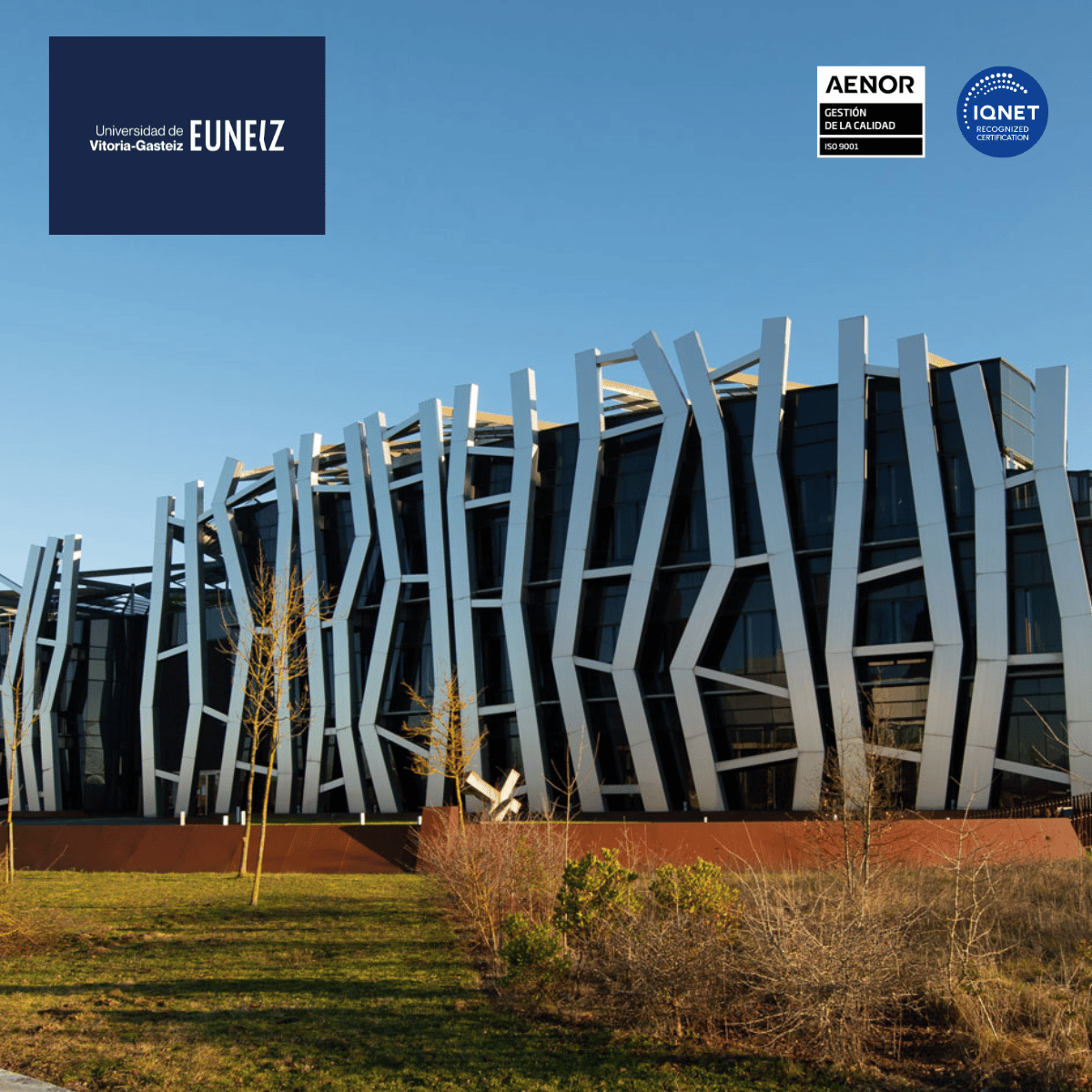











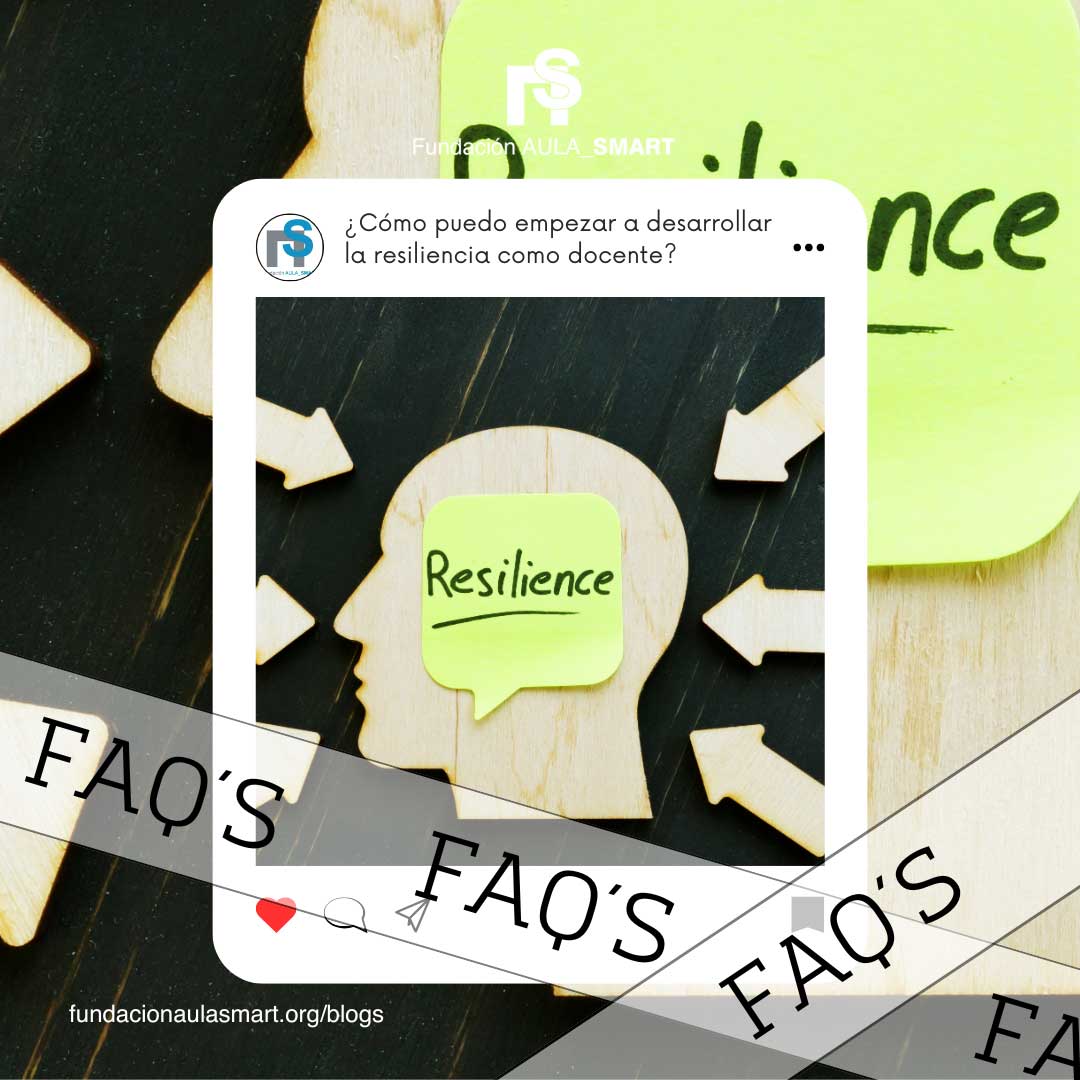

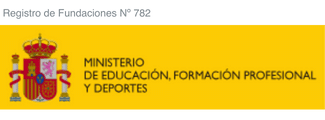
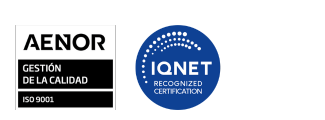


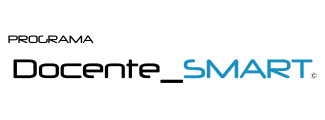
Leave a comment
All comments are moderated before being published.
This site is protected by hCaptcha and the hCaptcha Privacy Policy and Terms of Service apply.